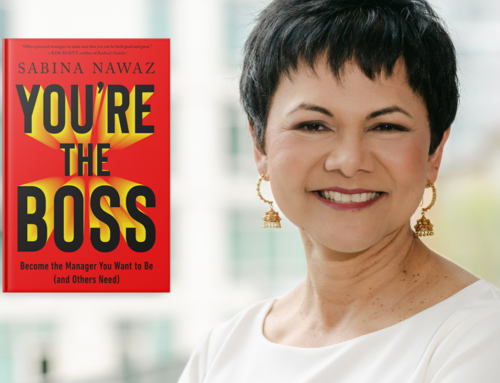I love our Crock-Pot. I made a stew in it just the other day that was ready at the end of the day – and tasty. I did what you’re supposed to do with them – got up early, prepared the stew, put it in the Crock-Pot, set it on low, and left it alone for the day.
It’s not supposed to catch fire, and it didn’t. I’ve never thought about that possibility before until this week and the “This Is Us” episode that featured a flaming Crock-Pot.
After Googling “the likelihood of Crock-Pot self-immolation,” and discovering that it was very, very unlikely, I next thought about, and immediately started to pity, the Crock-Pot Corporate Communicators. Imagine their feelings. Their lives until now have probably been filled with recipe cook-offs and maybe worrying about competition from the Instant Pot.
Now suddenly hordes of anxious TV-watching housewives and househusbands are ritually destroying their Crock-Pots on the altar of Unlikely Meme Anxiety Disorder.
No way the Crock-Pot people saw it coming. I mean, of all the ways Jack could catch fire, who figured on a Crock-Pot donated from a friendly old guy next door? The TV show is immensely popular, and fans have been waiting for two seasons to find out how Jack dies, so this is a killer scenario, rich with emotion and fan-infused meaning.
How can Crock-Pot come back from being, at least temporarily, America’s most hated Killer Small Appliance?
They have to counter this narrative. To do that effectively, you have to have already had an alternative in place. Crock-Pot – and who can blame it? – really didn’t. Unless you count time-saving smiling housewives, and I don’t. A recent ad saw the Crock-Pot people countering the Instant Pot with something called Crock-Pot express.
That’s not going to stack up well against a classic Favorite TV Character Shocking Death Story.
Here are five things the corporate communications people at Crock-Pot can do – and you should be doing too, if you occupy the same job at some other equally harmless organization.
1.Check-in Regularly with Your Customers. Maybe it used to be the case that your job was simply to induce people to buy your product, and then you were done with them. They were on their own. Not so any more. Too many companies have raised the ante on the customer relationship. Now, you owe them the story of your ongoing relationship. If you don’t, it runs the risk of becoming instantly sidelined by a more powerful story.
2.Surprise your Customers with a Gift. Crock-Pot should have been partnering with various food companies to offer cross-promotional Super Bowl dip or ribs or wings recipes, coupons, and games. There’s a story in there somewhere about a Philadelphian host and hostess rescuing the party with delicious food as the Eagles begin to lose.
Did I say I was writing this post from Boston? Wish fulfillment, too late. OK, there’s always next year.
3.Share Emotions with your Customers. The reason narratives like This Is Us can be powerful is because they deliver emotions wrapped in intriguing stories. What are you doing to make sure that happens with your customers?
4.Compliment Your Customers. After all, they were smart enough to buy your clever energy-saving, time-saving product, weren’t they? How else are they smart? Afraid of not getting their attention? People rarely stop listening when you’re talking about them. Especially when you’re telling them how nice, smart, and above-average they are.
5.Say ‘Thank You’. It’s simple, but often forgotten. How can you thank your customers for all the great things they do for you, like keeping you in business and helping you put your kids through college?
The Crock-Pot story is, most fundamentally, a reminder of how important corporate storytelling has become in the Always-On Social Era. Corporate advertising is dead. Corporate storytelling is more important than ever.








Leave A Comment